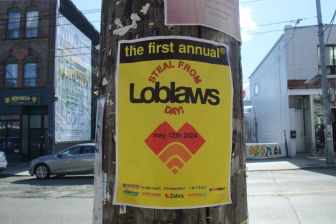One of the main changes highlighted in Monday’s budget – announced by the BC NDP – was the shift in debt after the Port Mann Bridge went from being self-supported to part of a Crown corporation.

This means that the $3.5-billion debt associated with the change will now be supported by taxpayers.
This is on top of other increases in taxpayer-supported debt from new capital projects, like half a billion dollars to build new housing.
The changes lead to a jump in the projected ratio of taxpayer-supported debt to revenue; it now jumps to 91.7 per cent in 2018/19 and 93 per cent in 2019/20.
Those numbers represent a big jump from the ratio in the last fiscal year under the BC Liberals, at 81.8 per cent.
WATCH: Reaction to B.C. NDP budget update

It’s also one of the key indicators looked at by credit rating agencies like Moody’s.
During the election campaign, Moody’s told CKNW that it raises a big red flag anytime that ratio goes over 90 per cent.
A downgraded credit rating would increase the cost of borrowing, the Greater Vancouver Board of Trade said in a Monday news release.
“Should this changing profile of our province’s balance sheet result in a credit rating downgrade, the impact will be hundreds of millions of dollars being committed to interest rate payments, instead of services or tax reductions,” read a statement.
But Finance Minister Carole James said she’s not worried, adding that her government believes the debt-to-GDP and debt-to-revenue ratios are manageable and reasonable.
LISTEN: How True Is It? Eliminating tolls will threaten B.C.’s credit rating
She said the capital spending being undertaken by the NDP is an important investment.
“This is building infrastructure in British Columbia,” said James.
“This is making sure we are investing in things that need investing in.”
The board of trade said taxpayer-supported debt will increase by more than 17 per cent.
- Alberta to overhaul municipal rules to include sweeping new powers, municipal political parties
- Grocery code: How Ottawa has tried to get Loblaw, Walmart on board
- Military judges don’t have divided loyalties, Canada’s top court rules
- Norad looking to NATO to help detect threats over the Arctic, chief says








Comments